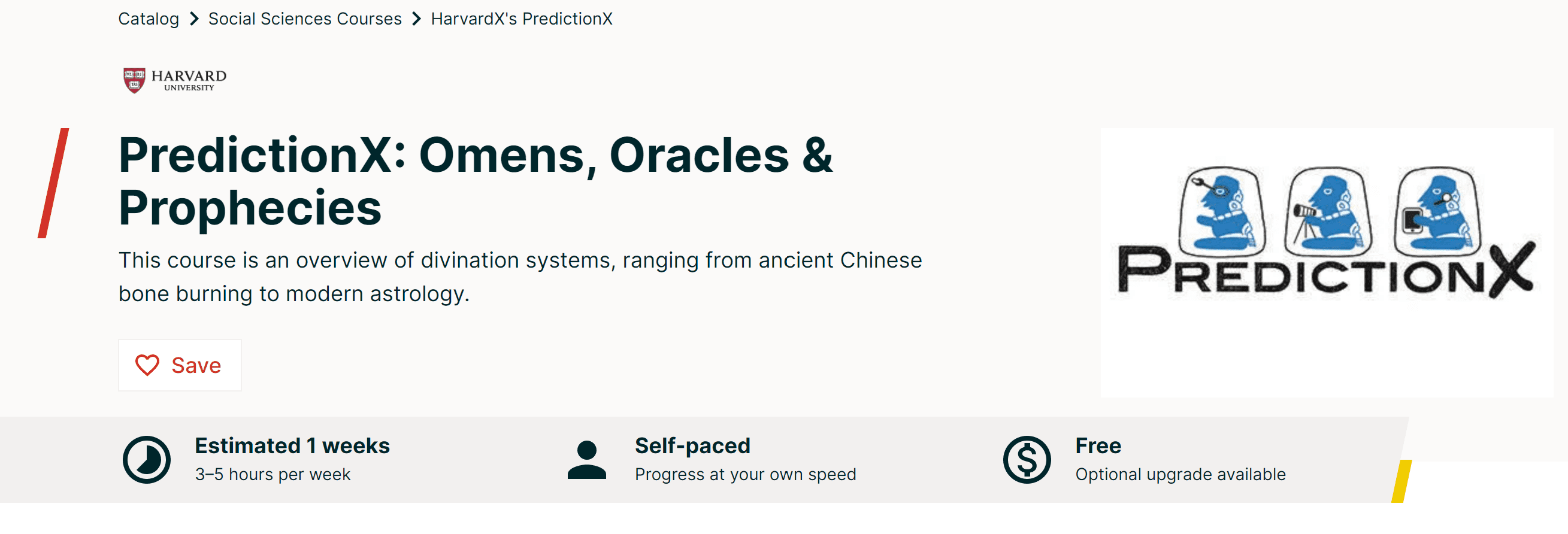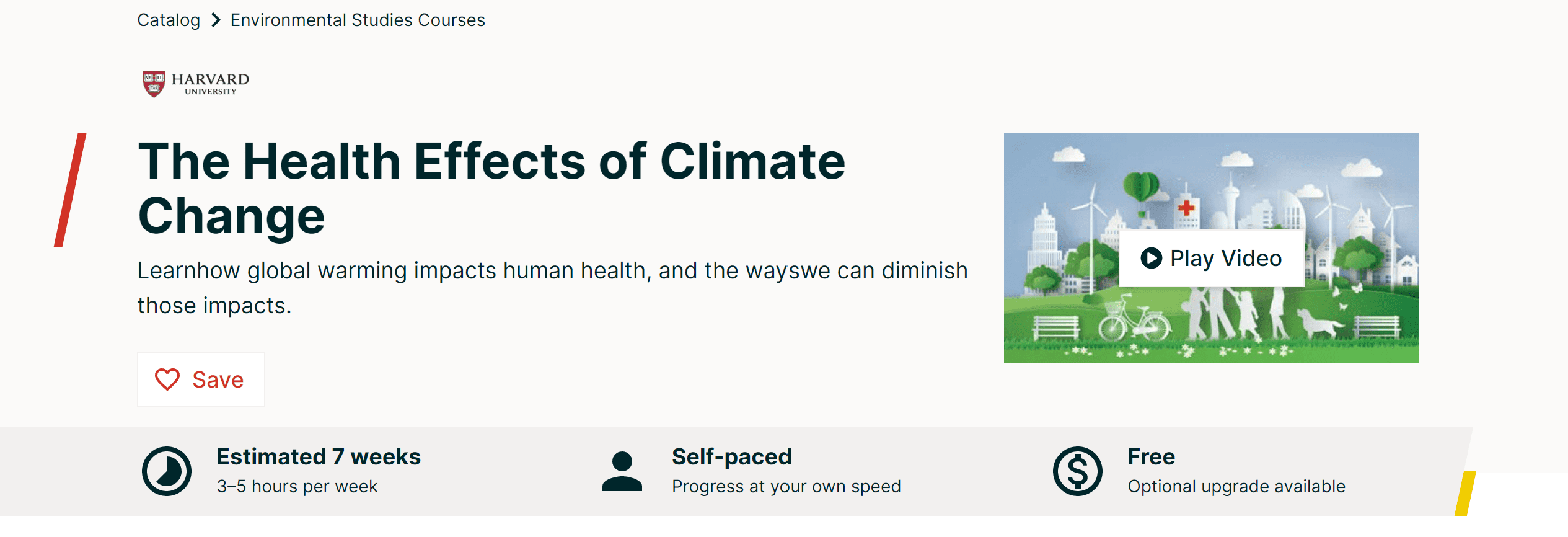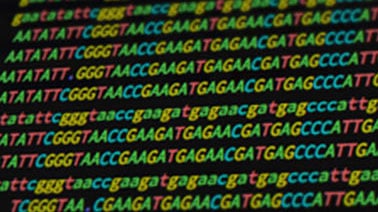6 Free Harvard University Courses You Should Not Miss in 2024!
Free Harvard University certification courses, tutorials, workshops and programmes. Free cs50 certification course. Free statistics and R courses from Harvard university.
Why you should consider free courses?
If you'd like to boost your employment prospects by adding some flair to your CV, free online courses are your best bet. Besides being a great talk piece in interviews, they can also be a great way of spending time during your leisure time. However, choosing a free online course to take can be overwhelming when so many established universities are now offering them.
Below are a few of the most popular free online courses from some of the most prestigious schools in the world. This list is in no way exhaustive but merely gives you a sense of the many schools that offer online learning opportunities for free. So, without further ado, let us get started with the list of the best universities that offer free courses and programs with certifications.
Are Harvard courses worth it?
Yes, Harvard University online courses are worth their weight in gold if you're looking to earn a certificate from what is arguably the greatest institution of higher education in the world.
Their certificates are attractive to employers and will boost your career potential. The Harvard University program was created to offer an inexpensive method for stay-at-home students to earn valuable certification, both specific and general.
It's designed around promoting knowledge acquisition in a myriad of disciplines with corresponding standardized testing at the end. There’s also a Facebook group for parents where you can talk about strategies for success in your learning endeavors!
List of Free Harvard University Courses
- CS50's Introduction to Game Development
- PredictionX: John Snow and the Cholera Epidemic of 1854
- PredictionX: Omens, Oracles & Prophecies
- Introduction to Bioconductor
- The Health Effects of Climate Change
- Statistics and R
1. CS50's Introduction to Game Development
Learn about the development of 2D and 3D interactive games in this hands-on course, as you explore the design of games such as Super Mario Bros., Pokémon, Angry Birds, and more.
This course examines classic video games, such as Super Mario Bros., Pong, Flappy Bird, Breakout, Match 3, Legend of Zelda, Angry Birds, Pokémon, 3D Helicopter Game, and Dreadhalls, to gain a deeper understanding of how video games function.
In this course, you will learn:
- basics of game design and development.
- Lua, C#
- Unity and LÖVE 2D
- principles of 2D and 3D graphics, animation, sound, and collision detection.
With the help of hands-on projects and lectures, students will learn the basic things about 2D and 3D graphics, animation, sound, and collision detection using frameworks like LÖVE 2D and Unity and languages like Lua and C#. By the end of this course, you will have created several games and gained a solid understanding of how games are designed and developed.
Duration: 12 Weeks (6-9 hours per week)
Certificate: You can get a verified certificate for $199.
2. PredictionX: John Snow and the Cholera Epidemic of 1854
An in-depth look at the 1854 London cholera epidemic in Soho and its importance for the field of epidemiology.
In 1854, London's Soho neighborhood suffered from a cholera epidemic. More than 600 people died in just three weeks. Tragically, this was not an unusual occurrence in 19th-century London or worldwide. In several months, cholera seemed unstoppable and unpredictable. However, one doctor proved to the scientific community that he understood how cholera was spread.
In this course, you will learn:
- description of 19th century London life.
- John Snow’s role in creating modern epidemiology.
Among the interactive tools in this course is a map of the 1854 cholera outbreak that displays using ArcGIS and a timeline that shows the investigation of John Snow. Within PredictionX, this module reviews the history of attempts to predict the future. The topics covered in PredictionX courses range from ancient omens to modern computer simulations.
Duration: 1 Week (3-5 hours per week)
Certificate: You can get a verified certificate for $69.
For a more dedicated look into the free courses offered by other Ivy League Universities, you can check out our Free Online Certification Courses From Top Universities!
3. PredictionX: Omens, Oracles & Prophecies
An overview of divination systems, ranging from ancient Chinese bone burning to modern astrology.
Experience a one-week immersion journey with leading practitioners and Harvard faculty to explore "pre-scientific" prediction systems, ranging from the Oracle of Delphi to ancient Chinese bone burning to modern astrology and tarot. As well as examining detailed prediction systems, students will also analyze theoretical frameworks that link them.
In this course, you will learn:
- various methods from across cultures and history for divining the future
- a common framework for describing human attempts at predicting the future.
PredictionX examines our attempts to predict the future over recorded history in this module. This course content for PredictionX includes several topics such as omens and oracles from ancient civilizations, which this course discusses, along with how we developed the general scientific approach we generally take today and the role modern computer simulations play in predicting our futures.
Duration: 1 Week (3-5 hours per week)
Certificate: You can get a verified certificate for $69.
4. Introduction to Bioconductor
The structure, annotation, normalization, and interpretation of genome-scale assays.
First, we will discuss the relevant biology, explaining what is measured and why. After that, we discuss two major measurement technologies: next-generation sequencing and microarrays. In the next section, we will discuss how to import raw data and experimental information into R and, then, how to organize them using Bioconductor classes, whether generated locally or harvested from public repositories or institutional archives.
In this course, you will learn:
- Genomic annotation
- Preprocessing and normalization
- what we measure with high-throughput technologies and why.
- The Bioconductor Genomic Ranges utilities
- Introduction to high-throughput technologies: Next-generation sequencing and Microarrays.
This series has been split into seven parts due to the diverse educational backgrounds of our students. Students can choose to take the entire series or individual courses of interest. You may want to skip the first two or three courses if you're a statistician; similarly, if you're a biologist, you might want to skip the introductory biology lectures. Across the first three courses, the difficulty of the statistics and programming aspects of the class increases relatively rapidly. During the third course, students will learn advanced statistical concepts, such as hierarchical models, and during the fourth course, advanced software engineering skills, such as parallel computing and reproducible research.
Duration: 5 Weeks (2-4 hours per week)
Certificate: You can get a verified certificate for $149.
5. The Health Effects of Climate Change
Learn how global warming impacts human health, and the ways we can diminish those impacts.
This course examines how greenhouse gas increases impact public health by considering air quality, nutrition, infectious diseases, and migration. Researchers from various settings will share their recommendations for responding to these challenges, and interested students will have the chance to learn more about the methodology used to measure climate change's effects on health.
In this course, you will learn:
- climate change’s impacts on nutrition, migration, and infectious diseases.
- how changes in Earth’s atmosphere affect health outcomes.
- the research methods used in this field.
- strategies to mitigate and adapt to the health impacts of climate change.
- how to assess the various ways of addressing the health effects of global warming.
A call to action is not the goal of this course but rather an elegy to the planet. This course will teach you how climate change directly impacts and affects people worldwide. Although your risk increases with the rise of global temperatures, climate change is a solvable problem, and there are things you can do to mitigate the risk.
Duration: 7 Weeks (3-5 hours per week)
Certificate: You can get a verified certificate for $149.
6. Statistics and R
An introduction to basic statistical concepts and R programming skills necessary for analyzing data in the life sciences. Learn how to conduct reproducible research using R scripts in this course.
In this course, you will learn:
- Distributions
- Data Analysis
- Inference: p-values and confidence intervals
- Non-parametric statistics
- Random variables
In this course, you will cover the basics of statistical inference, including how to compute p-values and confidence intervals and analyze data using R. This course provides examples of R programming to help you understand the connection between concepts and implementation.
Problem sets that require R coding will be used to test your understanding of basic data analysis and your ability to apply it. We will explore new data sets using visualization techniques to determine how we should proceed. Statistical techniques robust to disagreeing with assumptions will be described as alternatives to traditional approaches.









